Overview
Map
Other Details
كنيسة سيّدة الحرزمانة - قرطبا
1827
Qartaba
Jbeil
Mount Lebanon
بنيت سنة ١٨٢٧ عندما نزح آل كرم من يانوح الى قرطبا وطلبوا بناء كنيسة من مشايخ آل حمادة الذين أذنوا بناء كنيسة في الحرزمانة أي في المكان عينه حيث جرى الوفاق حيث كانت توجد بقايا رومانيّة. وبُنيت بالعونة بين أهالي قرطبا. بُنيت الكنيسة على مرحلتين وتصالبت أسواق العقد بشكل L وأُلغي الباب القديم أواخر القرن التاسع عشر. اللوحة من عمل كنعان ديب الدلبتاوي سنة ١٨٣٢. The church of Our Lady of Herezmeny - QartabaThe church was built in 1827 when the Karam family moved from Yanouh to Qartaba. The family made a deal with the sheikhs of the Hamade family to build a church in the Herezmeny land where stood some roman ruins. The church was built with the villagers' voluntary work and effort. In the late 19th century a vault was added to the main building that ended up with an L shape. The painting is the work of Kanaan Dib and dates back to 1832
Visited 1952 times, 4 Visits today

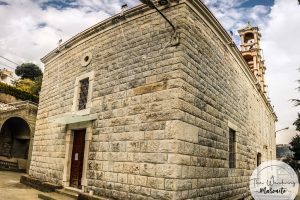

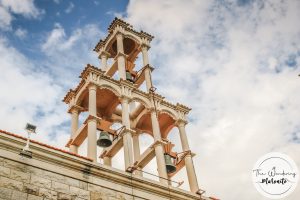

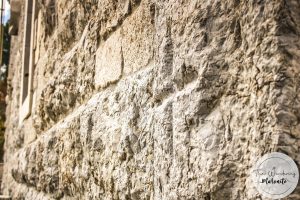

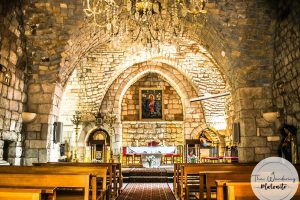

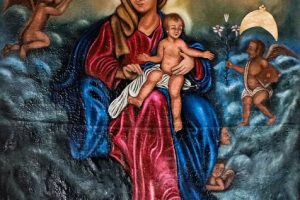









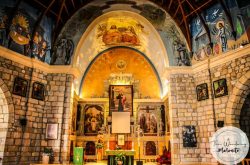
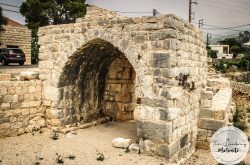
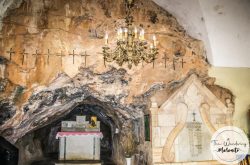
Reviews are disabled, but trackbacks and pingbacks are open.